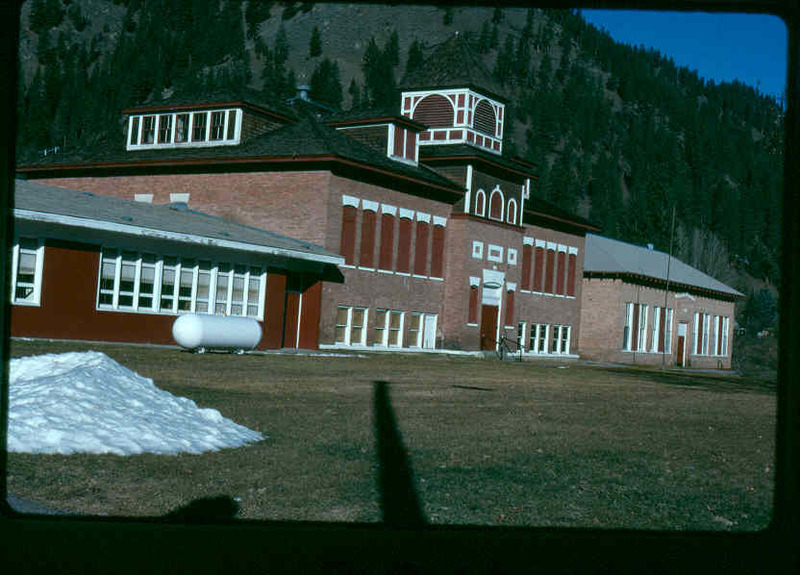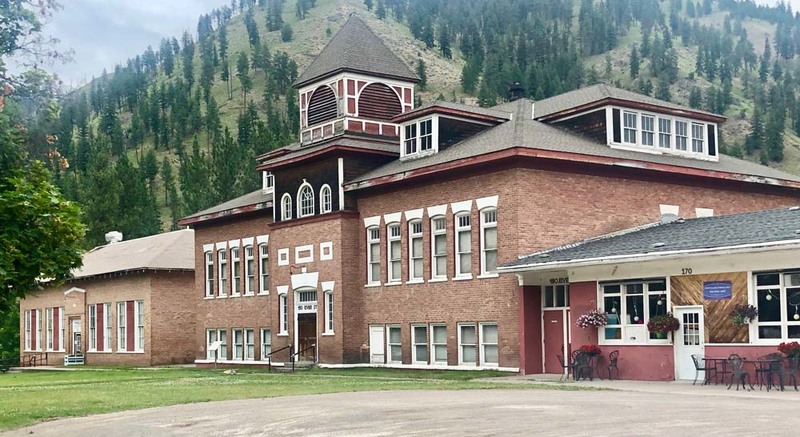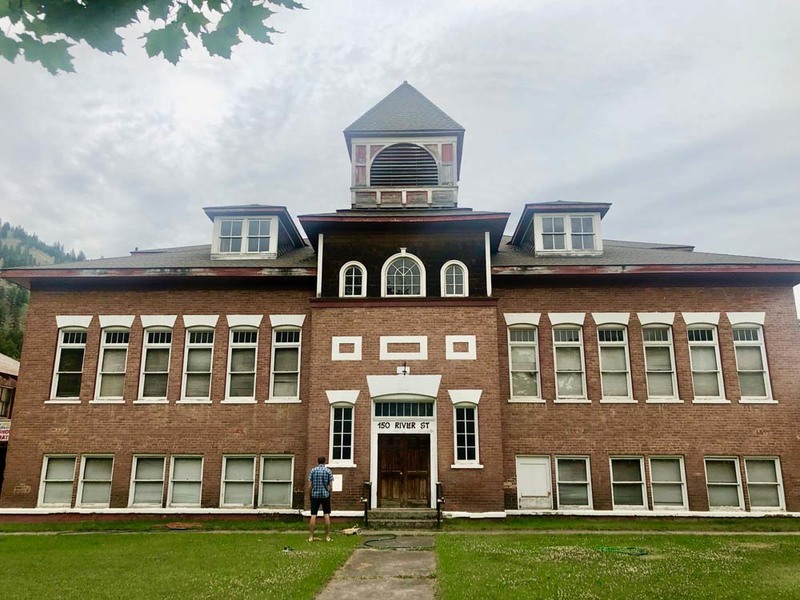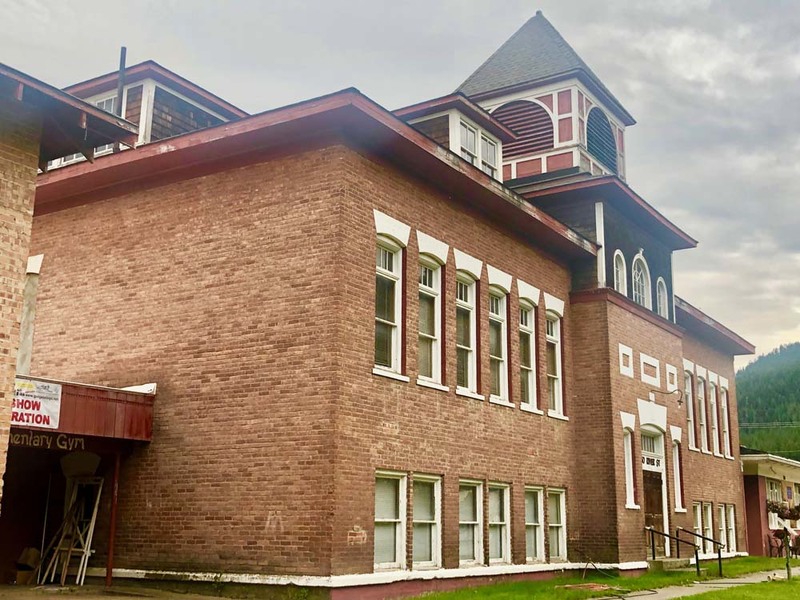Superior School Building

Travelers along the Mullan Road and prospectors lured by the 1869 discovery of gold on Cedar Creek opened the way for settlement of this area. After the placer gold played out and other mining camps became ghost towns, the town of Superior continued to grow. In 1891, the community organized a school district and elementary classes were held in a small log cabin. By 1892, there were ninety school-age children in the vicinity. Into the 1900s, several rural schools accommodated local children but none offered a high school curriculum. Older students had to leave home to advance beyond the primary grades. Mineral County was organized in 1914 and a year later bonds for the construction of a high school passed. A secondary curriculum was offered for the first time that fall with classes held in the Methodist Church basement; students from all over the county attended. The new high school, constructed by local builder Charles Augustine at a cost of $10,000, was dedicated on January 28, 1916. Additions in 1925 and 1947 eased overcrowding and the school remained in use until June 1995. It is today one of Montana’s few examples of Colonial Revival style school architecture. Along with the Mineral County courthouse, this impressive landmark with its three-stage bell tower, flanking dormers, and strict classical symmetry has always drawn visitors to the center of town. Despites its closure, the Superior School maintains a strong visual presence at the heart of the community where, for eighty years, it served the county and its children.
Images



